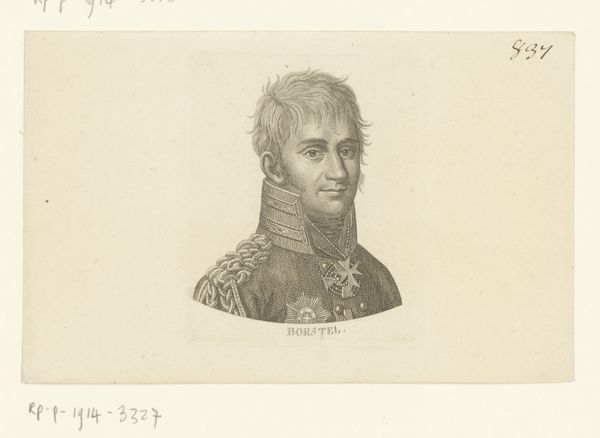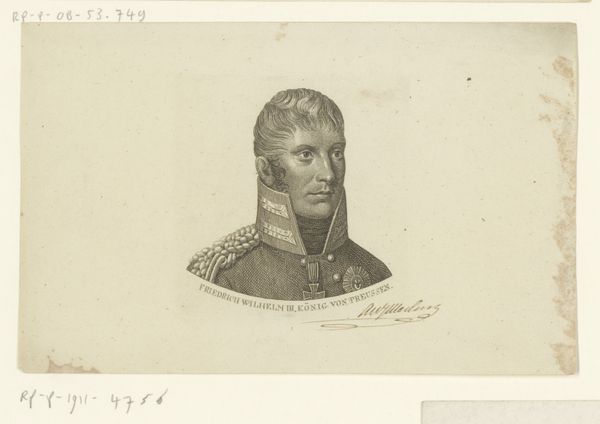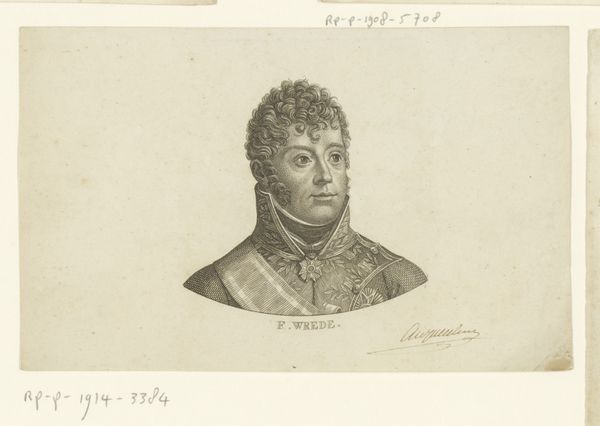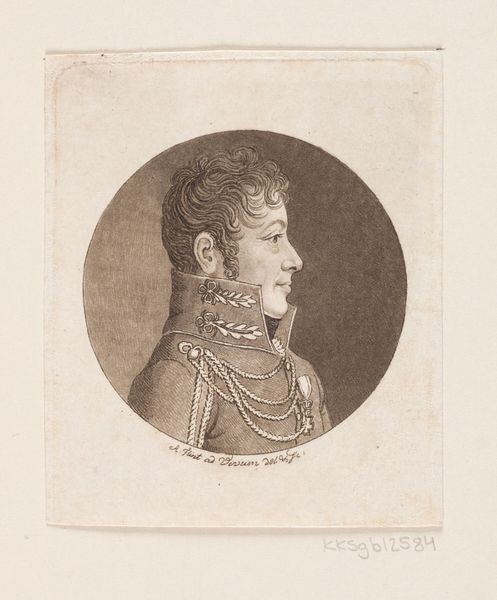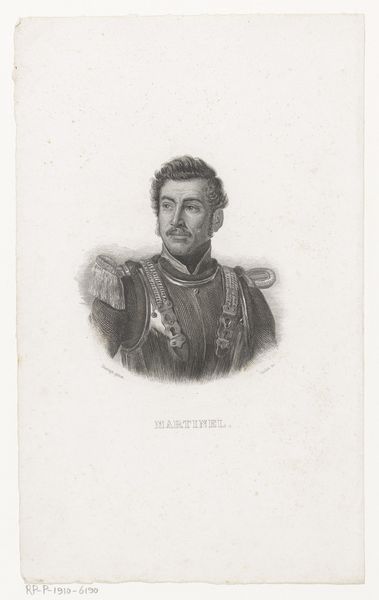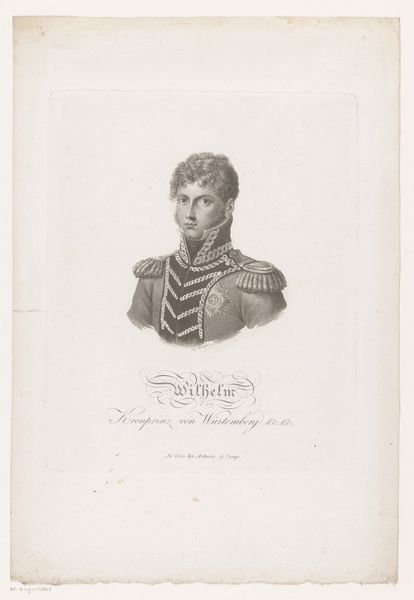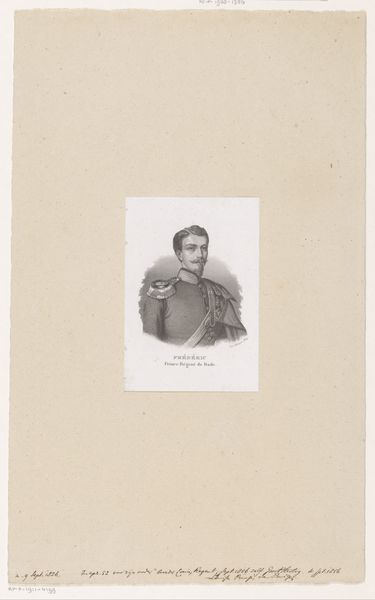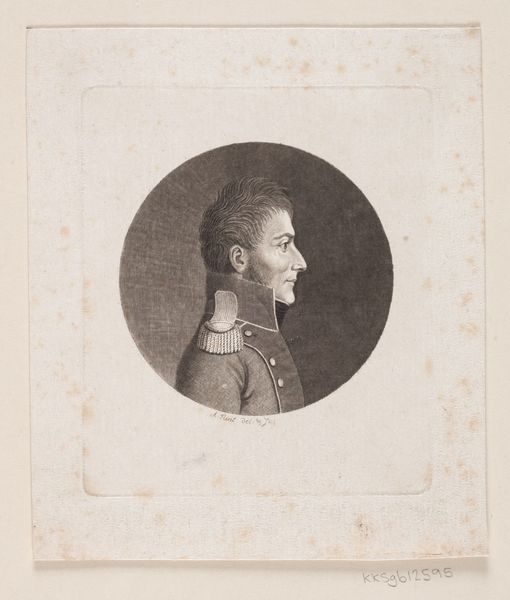
Portret van Karel XIV Johan, koning van Zweden en Noorwegen 1775 - 1817
0:00
0:00
drawing, print, pencil, engraving
#
portrait
#
pencil drawn
#
drawing
#
neoclacissism
# print
#
pencil sketch
#
pencil
#
portrait drawing
#
engraving
Dimensions: height 97 mm, width 85 mm
Copyright: Rijks Museum: Open Domain
Ernst Ludwig Riepenhausen made this print of Karl XIV Johan, King of Sweden and Norway, using etching techniques. The portrait tells a complex story of power and identity in the early 19th century. Born Jean Bernadotte in France, Karl was a military man who rose through the ranks during the French Revolution. He was eventually elected Crown Prince of Sweden, later becoming King. The symbols in the portrait – his military uniform, royal insignia and side profile – convey his status and authority. Prints like this served a crucial function at the time, helping to establish a visual image of rulers for public consumption. They were a form of political communication, reinforcing the power of the monarchy. To fully understand this image, we can consult historical archives, biographies, and studies of 19th-century European royalty. The meaning of this artwork is contingent on its historical context, but can reveal fascinating insights into the public role of art.
Comments
No comments
Be the first to comment and join the conversation on the ultimate creative platform.

